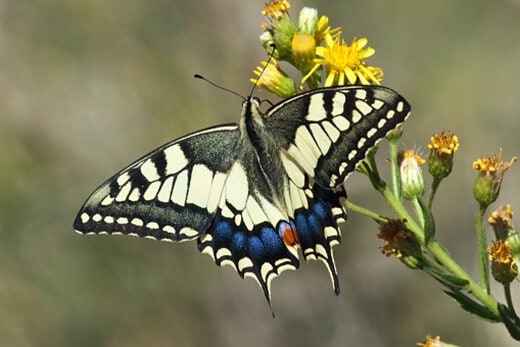The absence of a single dominant bumblebee species from an ecosystem disrupts foraging patterns among a broad range of remaining pollinators in the system — from other bees to butterflies, beetles and more, field experiments show.
Biology Letters published the research, which may have implications for the survival of both rare wild plants and major food crops as many pollinator species are in decline.
“We see an ecological cascade of effects across the whole pollinator community, fundamentally changing the structure of plant-pollinator interaction networks,” says Berry Brosi, a biologist at Emory University and lead author of the study. “We can see this shift in who visits which plant even in pollinators that are not closely related to the bumblebee species that we remove from the system.”
If a single, dominant species of bumblebee mainly visits an alpine sunflower, for instance, other pollinators — including other species of bumblebees — are less likely to visit alpine sunflowers. If the dominant bumblebee is removed, however, the dynamic changes.
“When the sunflowers became less crowded and more available, a broader range of pollinators chose to visit them,” Brosi says.
The field experiments, based in the Colorado Rockies, also showed that the removal of a dominant bumblebee species led to fewer plant species being visited on average.
“That was a surprise,” Brosi says. “If a nectar resource is abundant and highly rewarding, more types of pollinators will go for it, leaving out some of the rarer plants that some of the other pollinator species normally specialize in.”


